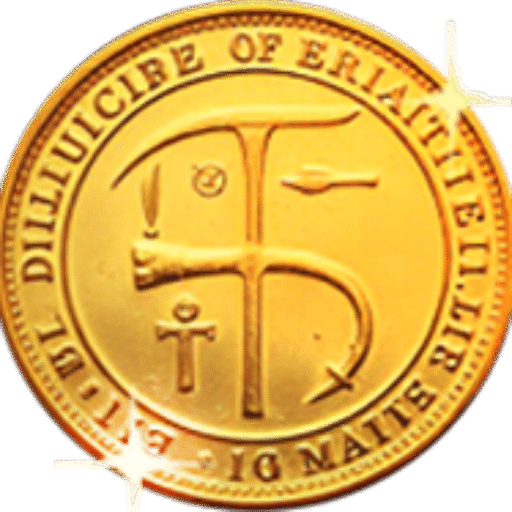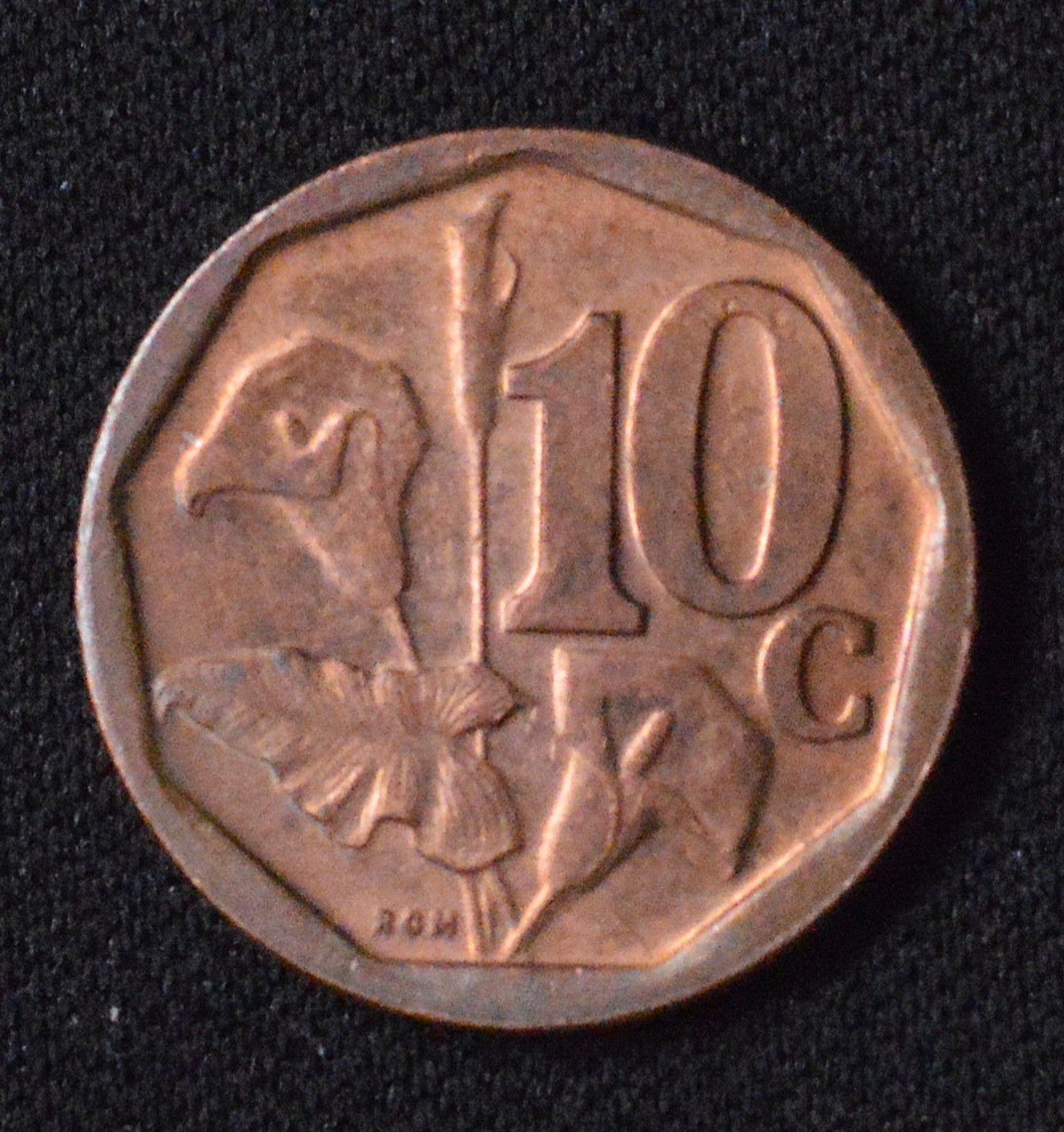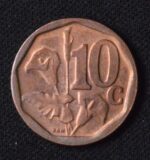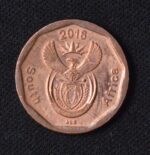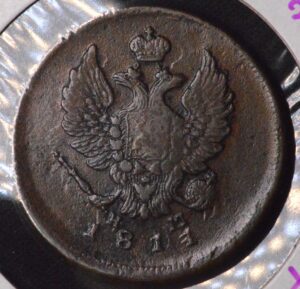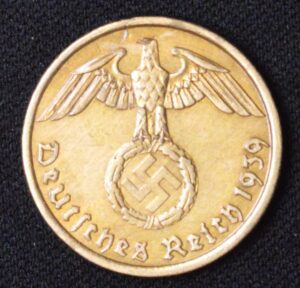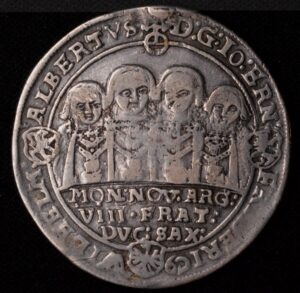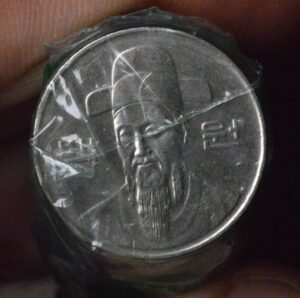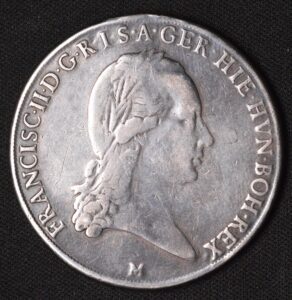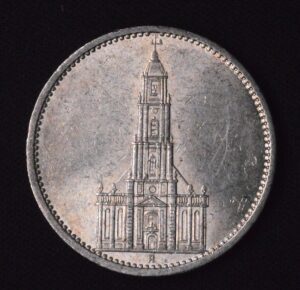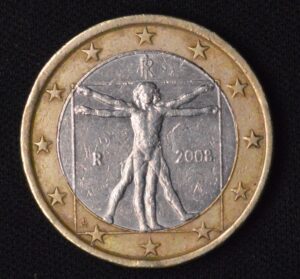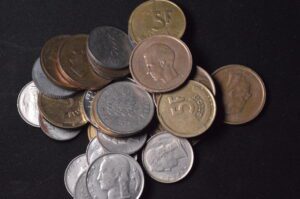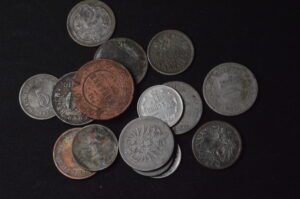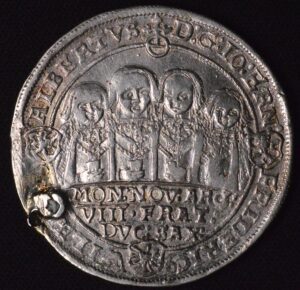Description
The African 10 Cent coin is a smaller denomination of the South African rand currency, widely used in everyday transactions. It holds an important place in the country’s decimalized currency system introduced in 1961, replacing the South African pound.
Typically, the 10 Cent coin is made from copper-plated steel or similar alloys, designed for durability and frequent handling. It is modest in size, usually around 16 millimeters in diameter, making it convenient for daily use. The lightweight nature of the coin helps streamline everyday transactions without burdening the user.
The obverse side of the coin generally depicts the South African coat of arms or sometimes a symbolic national emblem, while the reverse commonly features an image of a national animal, such as the Blue Crane—South Africa’s national bird, representing the country’s natural heritage and environmental pride. The coin also displays its denomination “10c” and the year of minting.
As an integral part of South Africa’s currency, the 10 Cent coin facilitates smaller monetary exchanges and is essential for giving precise change. Its artwork promotes cultural identity and complements other coins in the rand series, which feature various animals and motifs showing the country’s rich biodiversity.
Though its value is modest, the 10 Cent coin is a practical and symbolic piece that connects South Africans to their history, culture, and economy. Collectors often seek older or special edition versions for their historical and cultural significance.
The African 10 Cent coin is a smaller denomination of the South African rand currency, widely used in everyday transactions. It holds an important place in the country’s decimalized currency system introduced in 1961, replacing the South African pound.
Typically, the 10 Cent coin is made from copper-plated steel or similar alloys, designed for durability and frequent handling. It is modest in size, usually around 16 millimeters in diameter, making it convenient for daily use. The lightweight nature of the coin helps streamline everyday transactions without burdening the user.
The obverse side of the coin generally depicts the South African coat of arms or sometimes a symbolic national emblem, while the reverse commonly features an image of a national animal, such as the Blue Crane—South Africa’s national bird, representing the country’s natural heritage and environmental pride. The coin also displays its denomination “10c” and the year of minting.
As an integral part of South Africa’s currency, the 10 Cent coin facilitates smaller monetary exchanges and is essential for giving precise change. Its artwork promotes cultural identity and complements other coins in the rand series, which feature various animals and motifs showing the country’s rich biodiversity.
Though its value is modest, the 10 Cent coin is a practical and symbolic piece that connects South Africans to their history, culture, and economy. Collectors often seek older or special edition versions for their historical and cultural significance.
CUSTOMER FEEDBACK








Related Products & Newly Released!
-
$150.00
-
$399.00
-
$99.00




SHIPPING POLICY
Your order is shipped from the United States with USPS tracking within one business day.
14 Day Return Policy
You can return your item back within
14 days of the purchase

Secure payments
Your payments are 100% secure and are processed through Square or PayPal on a protected security network.
SHIPPING POLICY
FREE International and Domestic (United States) shipping. Your order is shipped with USPS tracking 24 hours after you order.
14 Day Return Policy
You can return your item back within
14 days of the purchase

Secure payments
Your payments are 100% secure and are processed through Square or PayPal on a protected security network.
RESOURCES
support
Get Fresh Articles!
Sign up now to receive our articles for the latest insights and promotions!
RESOURCES
support
Get Fresh Articles!
Signup our newsletter to get update insight or promotions.

